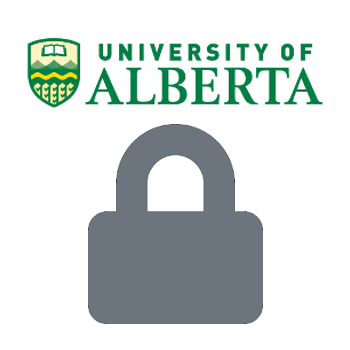This decommissioned ERA site remains active temporarily to support our final migration steps to https://ualberta.scholaris.ca, ERA's new home. All new collections and items, including Spring 2025 theses, are at that site. For assistance, please contact erahelp@ualberta.ca.

Item Restricted to University of Alberta Users
Log In with CCID to View Item- 92 views
- 1 download
The Application of Measurement and Modelling of Sulfidic Coal Wastes at Pacific Coal’s Kestrel Mine for Use in Development of a Closure Plan
-
- Author(s) / Creator(s)
-
Kestrel Mine co-disposes around 1.5 Mt of fine (<0.5 mm) and coarse (<50 mm) coal washery wastes per year to form out-of-pit dumps. The bulk material has a net acid producing potential (NAPP) up to 260 kg H2SO4/t and to date around 9 Mt has been deposited. The mine plans to co-dispose of approximately 39 Mt of material, creating a dump with a maximum height of 35 m and a disturbance footprint of 260 ha. Benign materials suitable for rehabilitation are severely limited and no successful rehabilitation strategy has yet been demonstrated. A rigorous measurement and modelling program is resolving outstanding issues associated with acid rock drainage (ARD). The objective of the program is to develop and validate a strategy for dump rehabilitation that will control ARD and allow for mine closure. The strategy includes using a soil cover to reduce water flux into the dump to control the overall oxidation rate and to control effluent release. Monitoring of the oxygen distribution and water flux in the uncovered material commenced in February 2001 and monitoring in waste under a trial cover commenced in February 2002. Carbonaceous and sulfidic oxidation rates have been measured. Initial modelling indicates that the carbonaceous material has the general effect of slowing the rate of pyrite oxidation, lowering the maximum sulfate production rate and extending the time to oxidise all the sulfides. The combined approach of measurement and modelling provides a sound basis for assessing the performance of the trial cover and predicting the long-term quality and quantity of effluent at the base of the rehabilitated waste dump.
-
- Date created
- 2003
-
- Type of Item
- Article (Published)
-
- License
- Use of this product is restricted to current faculty, staff, and students of the University. It is the responsibility of each user to ensure that he or she uses this product for individual, non-commercial educational or research purposes only, and does not systematically download or retain substantial portions of information. Users may not reproduce or redistribute unprocessed/raw data portions of the data to any third party, or otherwise engage in the systematic retransmission or commercialization of the data.